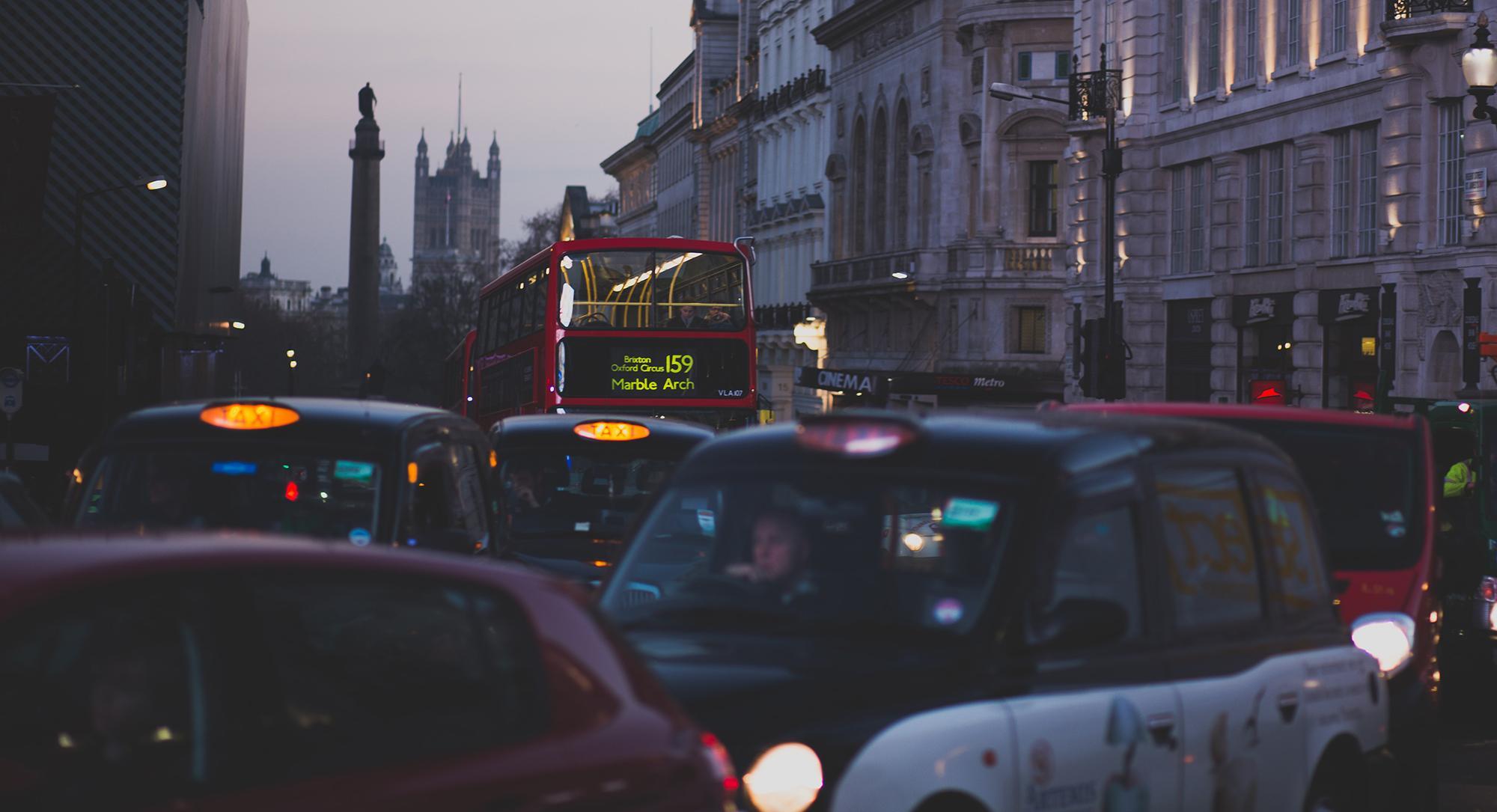
London has some of the highest levels of street pollution in the world. Oxford Street, a busy shopping zone, is one of London’s worst affected areas, with high concentrations of nitrogen dioxide (NO2) recorded. This pollutant is produced when fossil fuels are burned. Oxford Street is particularly badly affected owing to the volume of traffic on the road.
NO2, as a concentration, is measured in micrograms per cubic metre of air (µg/m³). A concentration of 1 µg/m³ means that one cubic metre of air contains one microgram of nitrogen dioxide. In a recent pollution report by Kings College London, Oxford Street was found to have an average amount of 143 micrograms of NO2 per cubic metre. The report also states that there were 1,532 hours during the year when that figure was above 200 micrograms. According to the World Health Organisation, the average level of NO2 should not exceed 200 micrograms more than 18 times a year.
The prevalence of NO2 is partly attributable to the fact that buses in London are using diesel oxidation catalysts and particle filters. In order to burn off the black soot from diesel engine emissions, exhaust gases need to reach temperatures in excess of 500°C; however, NO2 can be used to burn these sooty particles at a much lower temperature (around 200°C). As a consequence, higher amounts of NO2 are released into the atmosphere.
Ambient air monitoring is essential in large, busy cities, as high levels of pollution can cause respiratory problems and inflammation of the lungs. Transport for London (TfL) has now introduced pollution alerts, which can be found at bus stops and train stations.
If you would like further information about any of our Air Quality products, please get in touch via email (info@munroinstruments.com) or phone (+44 (0) 20 8551 7000).